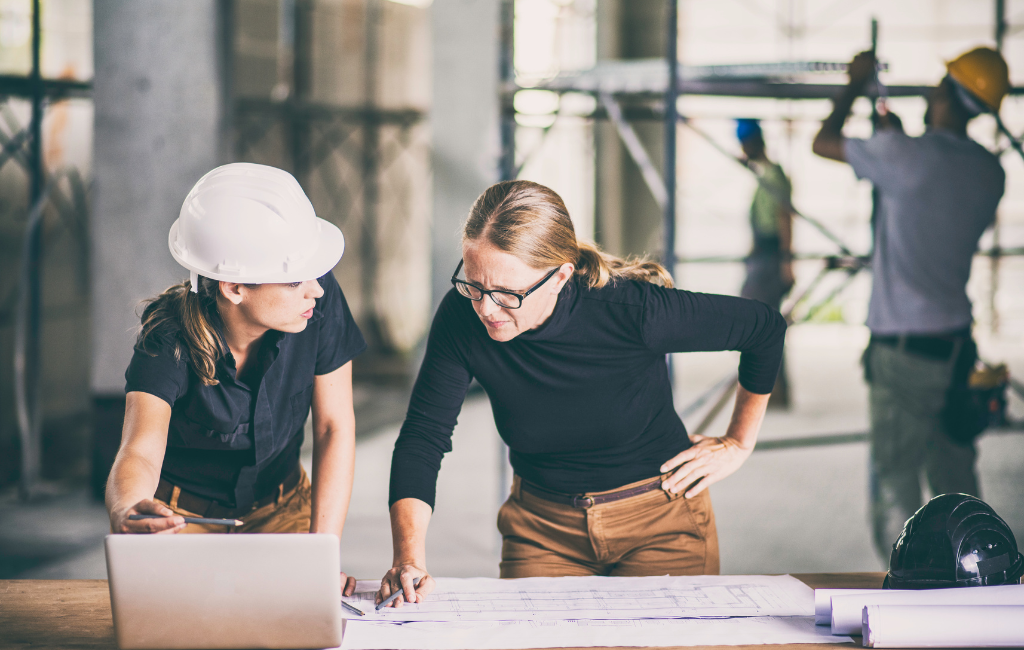
Architect Concepts
Architect Concepts for Eco-Friendly Design
Eco-friendly design has become a significant focus in modern architecture. As the world grapples with climate change and environmental degradation, architects are increasingly turning to sustainable practices to minimize the ecological footprint of buildings. This article explores various concepts and strategies that architects employ to create eco-friendly designs.
Passive Solar Design
Passive solar design is a method that leverages the sun’s energy to heat and cool buildings naturally. This approach reduces the need for artificial heating and cooling systems, thereby conserving energy.
Key Elements of Passive Solar Design
- Orientation: Buildings are oriented to maximize sunlight exposure during winter and minimize it during summer.
- Thermal Mass: Materials like concrete or brick are used to absorb and store heat during the day and release it at night.
- Insulation: Proper insulation helps maintain indoor temperatures by reducing heat loss in winter and heat gain in summer.
- Windows and Glazing: Strategically placed windows and high-performance glazing allow for optimal light and heat management.
Green Roofs and Walls
Green roofs and walls are covered with vegetation, providing numerous environmental benefits. They help in reducing urban heat islands, improving air quality, and managing stormwater.
Benefits of Green Roofs and Walls
- Temperature Regulation: Vegetation provides natural insulation, reducing the need for air conditioning.
- Stormwater Management: Plants absorb rainwater, reducing runoff and the risk of flooding.
- Air Quality Improvement: Plants filter pollutants and produce oxygen, enhancing air quality.
- Biodiversity: Green roofs and walls create habitats for various species, promoting biodiversity in urban areas.
Energy-Efficient Building Materials
The choice of building materials plays a significant role in the sustainability of a structure. Energy-efficient materials reduce the overall energy consumption of buildings.
Examples of Energy-Efficient Materials
- Recycled Steel: Using recycled steel reduces the need for new steel production, conserving energy and resources.
- Insulated Concrete Forms (ICFs): ICFs provide excellent insulation, reducing heating and cooling costs.
- Bamboo: Bamboo is a rapidly renewable resource that can be used for flooring, walls, and other structural elements.
- Low-E Glass: Low-emissivity glass minimizes heat transfer, improving energy efficiency.
Water Conservation Techniques
Water conservation is a critical aspect of eco-friendly design. Architects incorporate various techniques to reduce water usage and promote sustainability.
Water Conservation Strategies
- Rainwater Harvesting: Collecting and storing rainwater for non-potable uses like irrigation and flushing toilets.
- Low-Flow Fixtures: Installing low-flow faucets, showerheads, and toilets to reduce water consumption.
- Greywater Recycling: Reusing water from sinks, showers, and washing machines for irrigation and other non-potable purposes.
- Native Landscaping: Using native plants that require less water and are adapted to the local climate.
Case Studies
Several buildings around the world exemplify eco-friendly design principles. These case studies highlight the effectiveness of sustainable architecture.
One Central Park, Sydney
One Central Park in Sydney, Australia, is a mixed-use building known for its vertical gardens and innovative design. The building features:
- Extensive green walls that improve air quality and provide natural insulation.
- A heliostat system that reflects sunlight into shaded areas, reducing the need for artificial lighting.
- Rainwater harvesting and recycling systems that reduce water consumption.
The Edge, Amsterdam
The Edge in Amsterdam is one of the most sustainable office buildings in the world. It incorporates:
- Solar panels that generate more energy than the building consumes.
- Smart lighting systems that adjust based on occupancy and natural light levels.
- Rainwater harvesting and greywater recycling systems.
- Energy-efficient materials and construction techniques.
Conclusion
Eco-friendly design in architecture is not just a trend but a necessity for a sustainable future. By incorporating passive solar design, green roofs and walls, energy-efficient materials, and water conservation techniques, architects can significantly reduce the environmental impact of buildings. Case studies like One Central Park and The Edge demonstrate the potential of sustainable architecture to create functional, beautiful, and environmentally responsible structures. As the demand for eco-friendly buildings continues to grow, these concepts will play a pivotal role in shaping the future of architecture.
- No categories